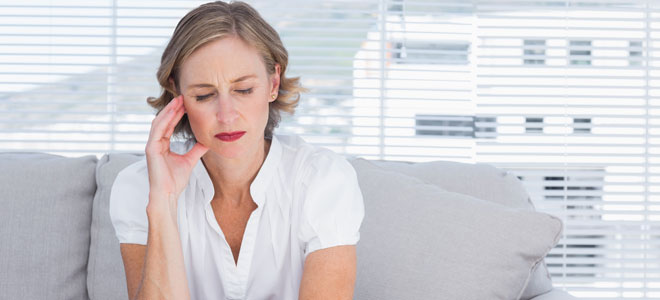It appears without realizing it, it overflows us like beer foam, and it has a feminine name. What is it? The anxiety. Never before have women been so loaded with responsibilities as today. We give ourselves to family, work and other activities that compromise our passion and little time is left for ourselves. What’s the score? Anxiety overwhelms us and is expressed in its multiple forms that go from sour our character to lay our hair down.

Stressful situations
Our body has planned certain responses to stressful situations, such as those that cause us fear; and among them are that feeling of nervousness, jumping in the stomach, tachycardia, sweaty hands and feet, etc., that trigger the alert in compromising situations and that we have all experienced at some time. As long as, they will help us stay focused and face the challenges ahead.
However, sometimes the system malfunctions. Anxiety is presented disproportionately and sometimes it is triggered for no apparent reason. In these cases, when and long-lasting that it interferes with normal activities, we must begin to look at it as a disorder.
Anxiety disorders are, overall, the most frequent psychiatric illness. They are classified as generalized anxiety, panic, phobic, obsessive-compulsive, and post-traumatic.
Types of anxiety disorders
1 Generalized anxiety disorder
It is a chronic tension even when nothing seems to cause it. This worry or excessive nervousness is almost daily and is diagnosed as such when it lasts for at least six months.
2 Panic disorder (or panic attack)
They experience recurrent panic attacks that arise spontaneously. It is an acute and extreme anxiety in which the person often feels that he is going to die. These sudden attacks of intense fear do not have a direct cause. Sometimes, patients who suffer from this disorder develop anguish to experience the next attack, whose occurrence they cannot foresee, it is called anticipatory anxiety.
3 Phobic disorder
Its essential feature is the presence of an irrational and persistent fear of a specific object, activity or situation with the consequent avoidance of the feared object. For example, the fear of flying, of birds or closed spaces, of the dark, etc.
4 Obsessive-compulsive disorder
These are non-voluntary thoughts or actions that the patient cannot stop thinking or doing in order not to generate anxiety. In any case, the subject recognizes the absurdity of her thoughts or actions. For example: wash your hands every so often, count things, etc.
5 Post-traumatic stress disorder
It occurs in cases where there are unpleasant psychological consequences after the impact of emotional trauma, such as in the case of an accident or rape. It is characterized by persistent memories of the traumatic event, an emotional state of heightened alertness, and a general reduced interest in everyday events.
6 Panic attack
Caused by very intense anxiety, it is characterized by a sensation of suffocation and tightness in the throat, labored breathing, sweating, nausea, tremors, tachycardia or palpitations. Women are two to three times more likely than men to have panic.
These disorders require specialized help. Sometimes a few psychotherapy sessions are enough, but in many cases oral supplements are required to help restore the biochemical balance of the brain, which is the cause of nervous malfunction.
Symptoms of female anxiety
But although these treatments are long-term, there are symptoms that deserve immediate assistance, such as:
- Crushing chest pain, especially with shortness of breath, dizziness, or sweating. A heart attack can cause a feeling of anxiety and in such cases it is better not to waste time.
- Suicidal thoughts.
- Dizziness or an unexplained increase in breathing or heartbeat.
- Anxiety interferes with work or functioning at home.
- Inability to figure out for you what triggers anxiety.
- Sudden feeling of panic.
- Strange behaviors such as mechanically repeating an action over and over again, counting things or excessive scrupulousness.






